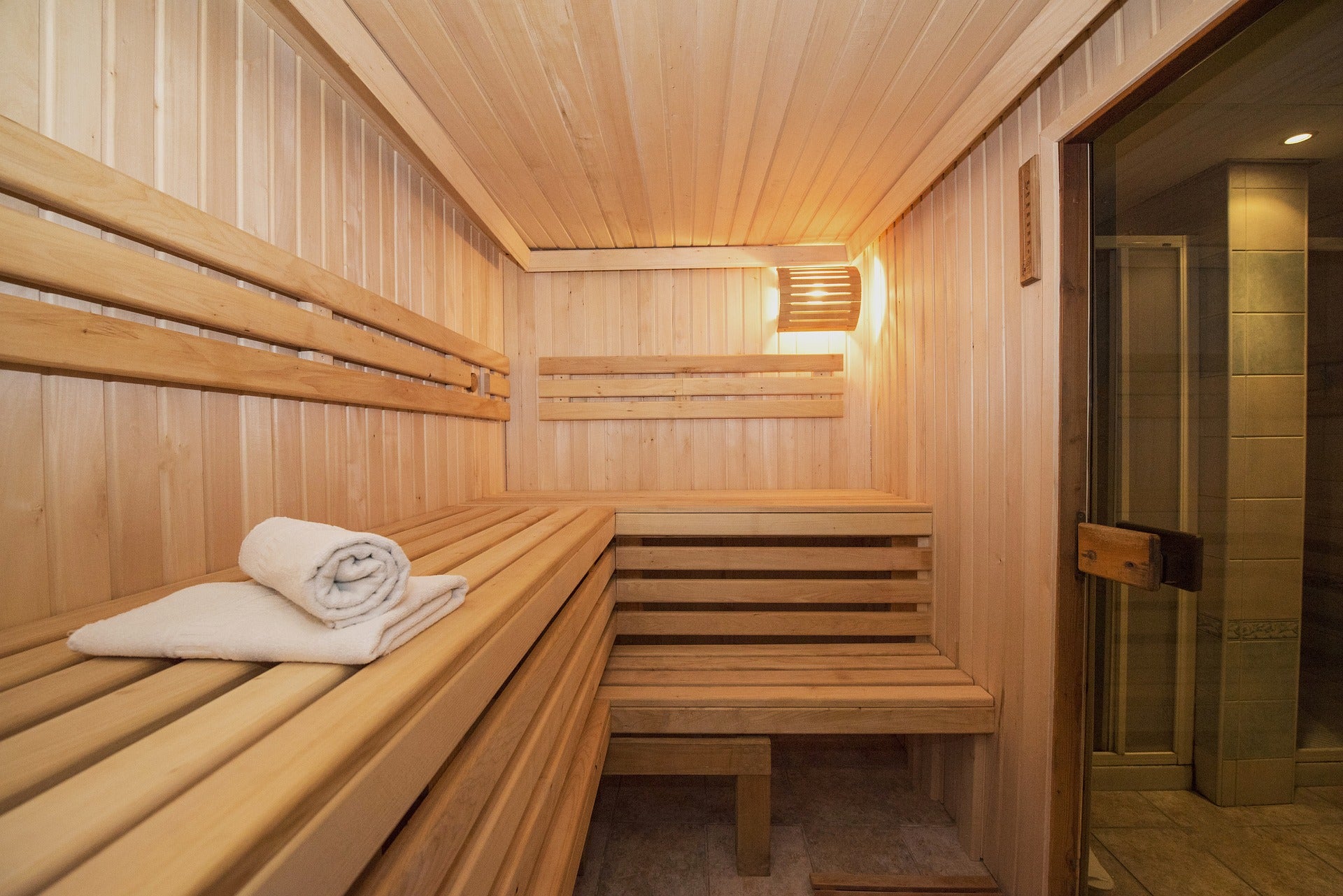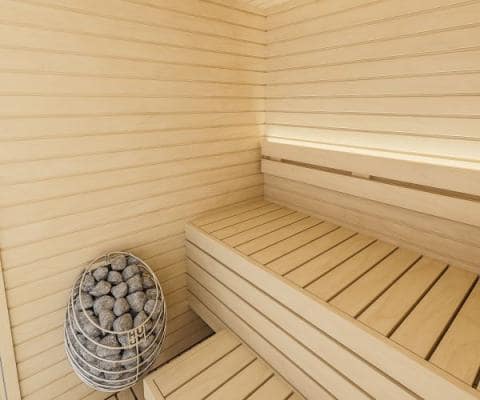Some Ideas on Traditional Sauna You Need To Know
Some Ideas on Traditional Sauna You Need To Know
Blog Article
Traditional Sauna Things To Know Before You Buy
Table of Contents8 Simple Techniques For Traditional SaunaThe Definitive Guide to Traditional SaunaThe Single Strategy To Use For Traditional SaunaAll About Traditional SaunaTraditional Sauna for Beginners
Many of the weight lost in a sauna is water loss and is re-gained upon rehydrating. Without an uncertainty sauna can be an important part of a healthy weight loss program. To take a look at the distinctions in between typical and IR saunas, I will divide these into verifiable, academic, and made distinctions.Therefore, the best point in the saunawhich is at the ceiling directly over the sauna heateris generally between 185 and 190 F. Claims that a traditional sauna exceeds 200 F is simply not true and not appropriate for electrical saunas marketed in the US. The temperature for a far-infrared sauna is generally set between 120 and 140 F; nonetheless, unlike the standard sauna, the goal in and IR room is not to attain a high temperature level.

When a standard sauna has actually been correctly heated up, the sauna wall surfaces are warm, the air temperature has actually achieved set temperature level and the rocks are very warmed. As an interesting side note, the warmed wall surfaces and the rocks are discharging far-infrared warmth, combined with the heated air, to create an "wrapping up heat".
The Only Guide for Traditional Sauna
When the heat is achieved, the components cycle on and off to maintain the high temperature. Many typical sauna users enjoy pouring water over the rocks to create vapor to raise sauna humidity levels. The advantages of putting water over the rocks include: making the space much more comfy, dampening the nasal flows, and permitting the use of aromatherapy by blending vital oils with the water.

When the power enters the body, it causes the body temperature level to raise and inevitably causes sweating. In an infrared sauna it's crucial for the emitters/heaters to continue to be on nearly frequently. Since there is no mass of rocks to maintain heat, the sauna will cool down if the emitters closed off.
Not known Factual Statements About Traditional Sauna
As pointed out above, the sauna bather in an infrared space wants to place himself in front of operating emitters to get optimal benefit from the warmth. The heating time for both areas can be extremely different, relying on just how the areas are used. For a conventional sauna, a bather should permit 30-40 mins for the space to achieve a wanted temperature and to appropriately pre-heat the rocks.

A well built sauna will typically achieve a temperature of 150-160 F in page concerning 30-40 mins. For hotter temperature levels, the space might require to warm for a longer duration.
To some, 15 mins was "wasted" while the infrared energy heated the timber panels instead of heating a body, while others locate a pre-heated room to be more comfy and think a raised beginning temperature level is essential to begin perspiring. The length of recommended use for each and every area is approximately the same (10-15 mins per session); nevertheless, as a result of the reduced air temperature levels and the capability to feel the results of infrared warmth quicker than a typical sauna, it is not unusual for a person to spend a total of 20-30 minutes in an infrared sauna.
The Facts About Traditional Sauna Uncovered

The typical expense per kWH of electricity in the united state is approximately $0.11, so a 4.5 kW heating system will set you back around $.50 to compete one hour, if the this contact form heater runs constantly for one hour. Generally a sauna heater will certainly run for 75% of the very first hour and 50% of succeeding hours on given that the components cycle once the set temperature is attained.
A my link two individual far-infrared room is typically literally smaller sized than a standard sauna, frequently regarding 4' x 4' or smaller sized. The IR home heating system is generally 1.5-1.7 kW making use of a 120 volt 15 amp plug-in service. Given that the room can be used earlier than a sauna space, we will certainly think the area is made use of for to of an hour consisting of heat up time.
There is a rarely discussed difference in the social experience in between the 2 spaces. While our society has actually lost some of the social benefit of the conventional sauna experience, it can be very socially rewarding (Traditional Sauna). From household time in the sauna, to heart-felt discussions with considerable others, to sauna partiesthe standard sauna experience can cause intimate interacting socially
Traditional Sauna for Beginners
Many greater end infrared rooms consist of colored light treatment, sound systems and full-glass fronts.
Report this page